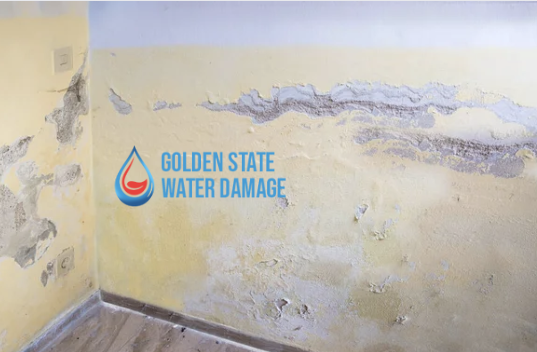Water damage can be a homeowner’s nightmare, especially in areas such as Santa Monica, where homes and businesses are prone to flooding and water damage. Water damage restoration is a process that aims to repair and restore structures affected by water damage. In this article, we will discuss what water damage restoration is, its importance, and the steps involved in the process.
What is Water Damage Restoration?
Water damage restoration is a process of cleaning, drying, and repairing structures damaged by water. Water damage can occur due to several reasons such as natural disasters, broken pipes, leaky roofs, and faulty appliances. Water damage restoration involves a combination of techniques and equipment to extract water, dry out structures, and prevent mold growth.
Importance of Water Damage Restoration
Water damage can have severe consequences, such as structural damage, mold growth, and health hazards. It is crucial to address water damage as soon as possible to prevent further damage to the property and protect the occupants’ health. Water damage restoration is essential to restore the property to its pre-damage condition and minimize the financial burden on property owners.
Steps Involved in Water Damage Restoration
Water damage restoration involves several steps, as follows:
Damage Assessment: The first step in the restoration process is to assess the extent of the damage. Restoration professionals use specialized equipment to determine the severity of the damage and develop an appropriate restoration plan.
Water Removal: Once the extent of the damage is determined, the restoration team will remove any standing water from the property. This step involves using pumps, vacuums, and other specialized equipment to extract water from the property.
Dehumidification: After water removal, the restoration team will use dehumidifiers to remove excess moisture from the air. This step helps to prevent mold growth and structural damage.
Structural Drying: The next step in the restoration process is structural drying. This involves using air movers and specialized equipment to dry out the affected structures, including walls, floors, and ceilings.
Cleaning and Sanitization: Once the structures are dry, the restoration team will clean and sanitize the affected areas. This step helps to prevent mold growth and eliminates any harmful bacteria or viruses.
Restoration: The final step in the restoration process is restoration. This involves repairing any damage to the property, including replacing damaged drywall, flooring, and other materials.
Benefits of Hiring Professional Water Damage Restoration Services
Water damage restoration is a complex process that requires specialized equipment and expertise. Hiring professional water damage restoration services has several benefits, as follows:
Faster Restoration: Professional restoration services have the experience and equipment needed to restore your property quickly.
Thorough Cleaning: Professional restoration services use specialized equipment and techniques to thoroughly clean and sanitize affected areas.
Mold Prevention: Professional restoration services can prevent mold growth by thoroughly drying out affected areas and applying anti-microbial treatments.
Insurance Assistance: Professional restoration services can work with insurance companies to ensure that you receive the compensation you deserve.
Conclusion
Water damage restoration is a critical service in Santa Monica that aims to restore structures affected by water damage to their pre-damage condition. Water damage can have severe consequences, such as structural damage, mold growth, and health hazards. It is crucial to address water damage as soon as possible to prevent further damage to the property and protect the occupants’ health. Property owners in Santa Monica should seek professional water damage restoration services to mitigate the effects of water damage on their properties. By following the steps outlined in this article, restoration professionals can restore properties affected by water damage and minimize the financial burden on property owners.

